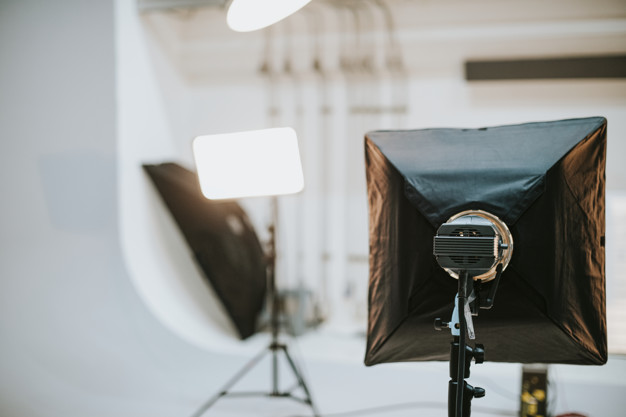A common thought concerning photography is that light is usually sensible. In fact, an excessive amount of light makes an awfully uncomplimentary portrait. Within the case of this instance, an excessive amount of light creates very harsh shadows and therefore the eyes disappear into deep pockets. Or, as during this case, the eyes disappear and therefore the nose is lit, creating the nose the topic of the image. To photograph in bright daylight, the primary issue you would like is shade. During this case, I used an umbrella. This is often known as subtracting light. By subtracting the brilliant light-weight you produce an excellent light-weight on the topic. After I photographed the topic, I simply supplementary light (the camera’s flash) to form a pleasing and equally lit portrait. The second means you'll do that is to place your subject within the shade. Then use a reflector to add back the sunshine equally on the face by employing a white board or a photographic reflector. Tilt the reflector till it catches the light and so aim that light back at your subject. For the reflector during this image, I used a bit of froth board that I purchased at Kmart. If you would like one thing more versatile, use poster board. It is invariably best to avoid bright light regardless of what you're photographing, whether or not it's landscapes, portraits or the rest. The most effective light for any subject is simply before sunset. However, after you can’t have the most effective light-weight, following smartest thing is to understand the way to produce your own. Good lighting is vital to any productive portrait. With on-camera flash, you encounter issues that trim down from a high quality image. As an example, flash brilliantly illuminates your subject in an unnatural, flat light. It could even solid harsh shadows behind your subject - particularly if they're positioned close to a wall, or another object. This impact isn't enticing. In addition, flash oftentimes reflects lightweight from the pupils within the eyes, inflicting the awful red eye impact - one thing you certainly wish to avoid. Portraits are literally rather more attention-grabbing if there's some shadow on the portrait, however not harsh background shadows. It’s smart to figure with directional lighting then use a reflector or some fill lighting to loosen up options that may otherwise represent deep shadows. You do not wish to eliminate the shadows altogether, though. That may make a portrait that lacks dimension. Where potential, attempt closes lightweight, like that through an oversized window or outside lightweight instead. If victimization supplemental lighting is there then place a bright, subtle lightweight directly behind wherever you're standing with the camera. This illuminates the subject's face effectively. You’ll then attempt adding some delicate lightweight to 1 aspect of the topic to fill in a number of the shadows and emphasize the soft shadows on the opposite aspect. You may conjointly "bounce" some lightweight from a reflector onto the aspect of the face, rather than victimization direct lightweight, thus it's less intense. This set-up creates a well-lit portrait - then you'll begin experimenting with adjusting the lights to visualize the impact you'll succeed. If the sunshine from behind you is extremely bright, you'll get to scale back exposure settings on your camera to compensate that the final image isn't overexposed. An esteemed photography course on-line would offer coaching in the way to produce these desire lighting effects. Another approach to do is to put the intense light-weight to at least one facet of the topic so to put your fill light-weight or a reflector on the other facet. Your fill or mirrored light-weight must always be less intense than the most light-weight. This may effectively reveal the curves on the face and body. If you employ additional lighting, observe of however it affects your digital image. You will have to be compelled to regulate the white balance on your camera or set your camera for the sort of lights you're mistreatment to avoid yellow or blue color casts on your photos. You’ll avoid this if you employ natural out of doors light-weight.
Bright Light Photography


